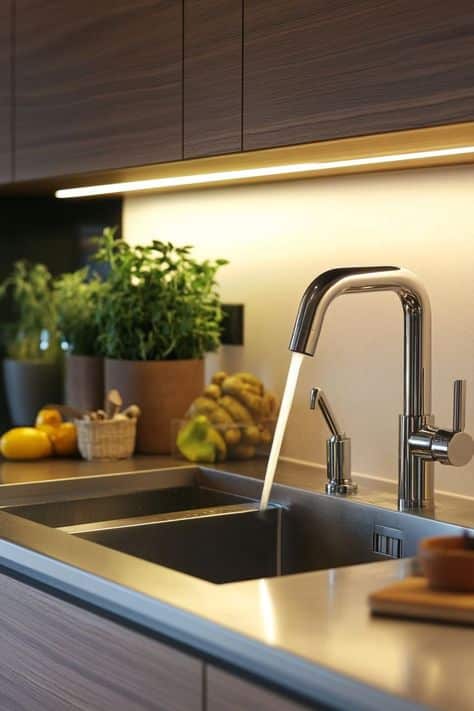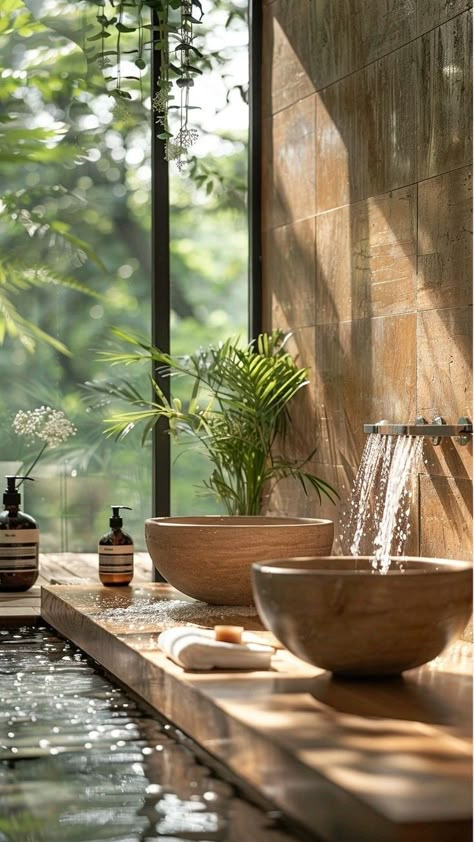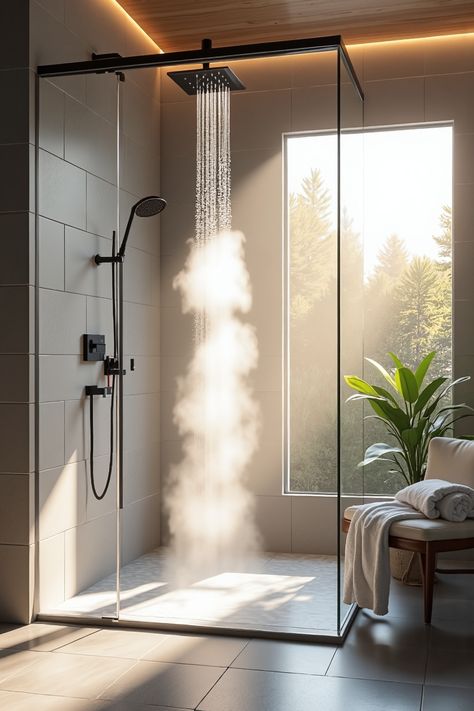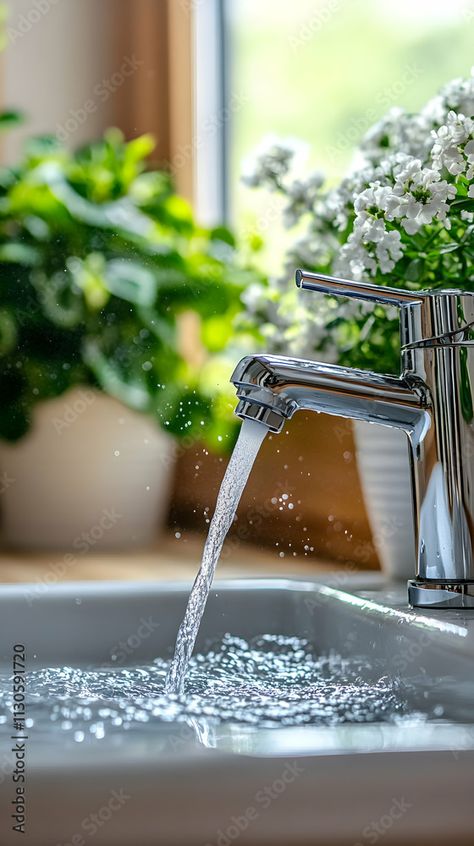A water leak can quickly turn into one of the most frustrating — and expensive — problems for any homeowner. Beyond just wasting water and driving up your utility bills, leaks can cause serious damage to your home’s structure, ruin flooring and walls, and create the perfect environment for mold and mildew to grow. The tricky part is that leaks are often hidden — tucked behind walls, under floors, or buried beneath landscaping — making them hard to notice until major damage has already set in.
That’s where early water leak detection becomes so important. The good news is, you don’t have to be a professional plumber to catch a leak before it gets out of hand. With a little attention to detail and a few simple checks, you can spot the warning signs early. Here’s a complete guide to help you with water leak detection at home — so you can fix problems before they turn into costly disasters.


1. Keep an Eye on Your Water Bill
One of the first indicators of a hidden water leak is an unexplained increase in your water bill. If you notice that your usage patterns haven’t changed — you’re not filling a pool, watering the lawn more often, or hosting guests — but your bill keeps climbing, that’s a major red flag.
Compare your bills month-to-month and year-to-year if possible. A small increase might be seasonal, but a steady or sudden jump with no clear cause usually means water is escaping somewhere.
2. Monitor Your Water Meter
Your water meter can be your best friend when it comes to leak detection. Here’s a simple test:
- Turn off all the water inside and outside your home. This includes faucets, showers, washing machines, dishwashers, sprinklers, and anything else that uses water.
- Find your water meter (often located near the curb or side of your house).
- Record the current reading.
- Wait at least 60 minutes without using any water, then check the meter again.
If the number has changed, you likely have a leak. Some meters even have a small leak indicator dial that spins when water is flowing — a spinning dial when everything is shut off is a sure sign of trouble.
3. Look for Visible Clues
While some leaks are hidden, others leave physical evidence. Take a slow, careful walk around your home and look for:
- Water stains on walls, ceilings, or floors. They often appear as yellow, brown, or even darker patches.
- Warped or buckling flooring, especially wood and laminate.
- Peeling paint or bubbling wallpaper — moisture behind the surface can cause these materials to lose their bond.
- Cracked foundations or wet spots on basement floors.
- Persistent musty odors — even if you can’t see water, you might smell the mold or mildew it causes.
Pay extra attention to areas around tubs, showers, sinks, and appliances that use water.


4. Perform the Toilet Dye Test
Toilets are a major source of hidden leaks, and they’re usually easy to test:
- Add a few drops of food coloring into the toilet tank.
- Wait about 10 to 15 minutes without flushing.
- Check the toilet bowl. If colored water appears in the bowl, you have a leak — usually caused by a faulty flapper valve that needs replacing.
This is an inexpensive fix that can save hundreds of gallons of water each year.
5. Check Appliances and Fixtures
Washing machines, dishwashers, water heaters, and refrigerators with ice makers all have hoses and connections that can develop leaks over time. Regularly inspect behind and underneath these appliances for:
- Pooling water
- Damp spots
- Rust or corrosion on pipes and fittings
- Cracked or bulging hoses
Don’t forget to also check under bathroom and kitchen sinks. A small drip can easily turn into major damage if ignored.
6. Listen for Unusual Sounds
When your home is quiet, take a moment to listen. Water leaks sometimes create sounds you might not otherwise notice, such as:
- Dripping
- Hissing
- Whooshing
- Running water noises behind walls or under floors
If you hear water running when all taps and appliances are off, that’s a big clue.
7. Inspect the Yard and Outdoor Areas
Water leaks aren’t limited to inside your home. Outdoor pipes, irrigation systems, and spigots can also be trouble spots. Look for:
- Unusually soggy patches in the yard
- Extra green or lush areas that stand out from the rest of your lawn
- Puddles around sprinkler heads or hose bibs even when they haven’t been used recently
Outdoor leaks can be just as damaging as indoor ones, especially if they affect your home’s foundation.


8. Don’t Ignore Low Water Pressure
If you suddenly experience low water pressure in your showers, sinks, or toilets, it could be a sign of a leak. While there are other causes (like clogged pipes or municipal supply issues), a hidden leak in the plumbing system can siphon off water and reduce overall pressure.
If low pressure is isolated to one fixture, the issue might be with that fixture. If it’s throughout your house, it’s time to investigate deeper.
When to Call a Professional
If you’ve done all the checks and still suspect a leak — or if you find one that’s beyond a simple DIY fix — it’s time to call a licensed plumber. They can use specialized tools like thermal imaging cameras, acoustic listening devices, and moisture meters to locate hidden leaks without tearing up your home.
Catching and repairing a leak early not only protects your home but also saves you money in the long run. A small effort now can prevent a huge headache later.
Final Thought:
Water leaks are sneaky, but they’re not unstoppable. By staying vigilant, conducting regular inspections, and acting quickly when you spot a problem, you can keep your home dry, safe, and sound for years to come.
- 0shares
- Facebook0
- Pinterest0
- Twitter0


